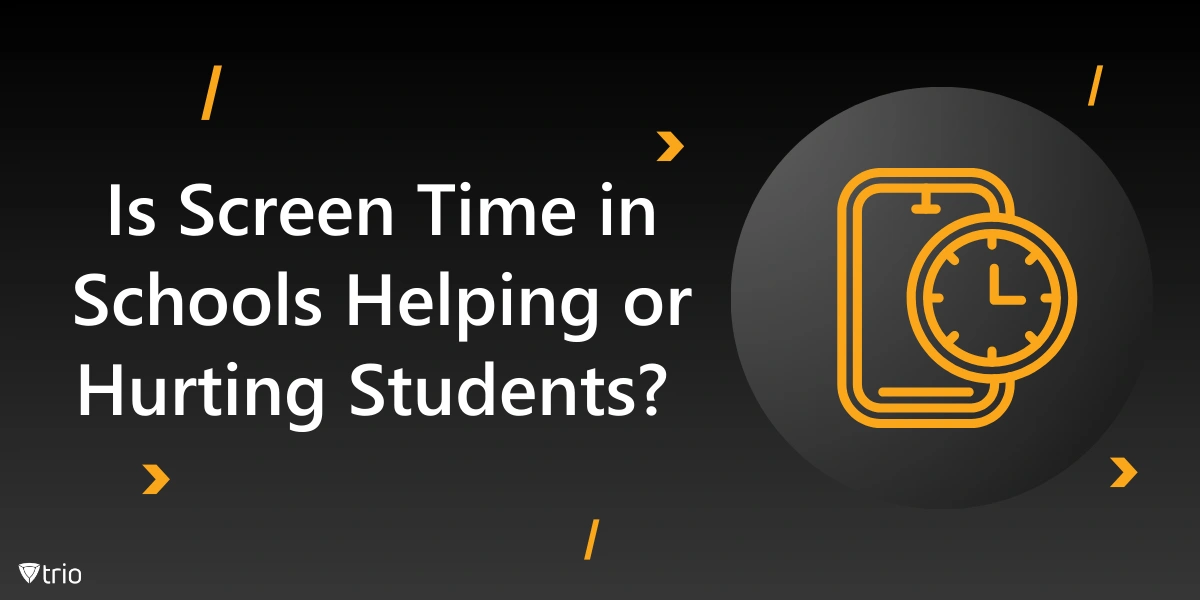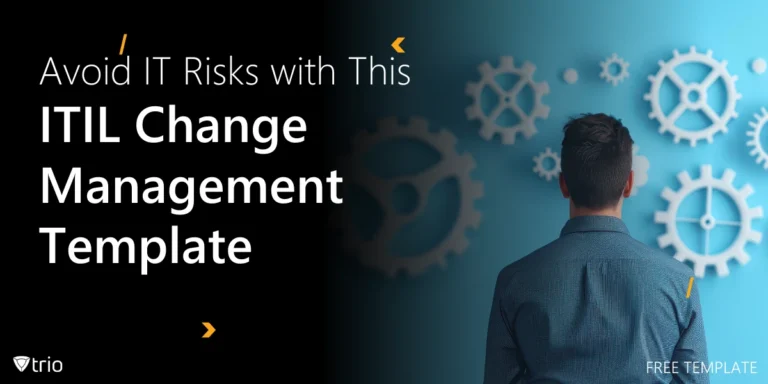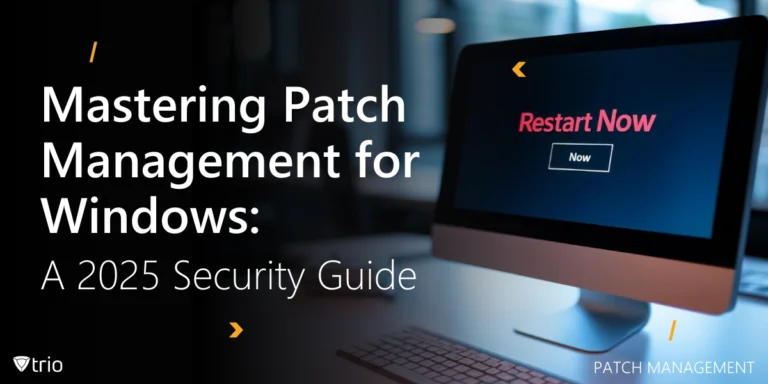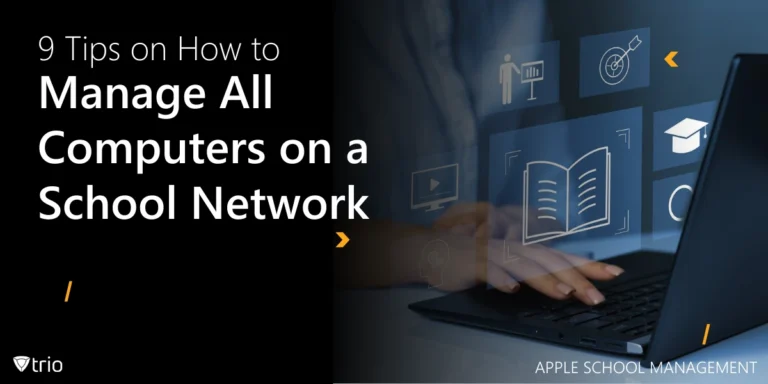Today’s educational landscape is intricately intertwined with digital technology, presenting both opportunities and challenges. As screens permeate classrooms and virtual learning environments, it becomes crucial to understand the intricate relationship between screen time in schools and academic performance. By exploring the prevailing trends, evaluating the potential impacts, and implementing strategic approaches, educators can harness the power of technology while safeguarding students’ well-being and fostering an enriching school year.
The Prevalence of Screen Time in Schools
In an era where digital devices have become ubiquitous, the amount of time students spend engaged with screens is a subject of increasing concern. Recent studies reveal that the average screen time for children aged 8 to 12 (tweens) has surged to a staggering 5 hours and 33 minutes per day, while teenagers dedicate an astonishing 8 hours and 39 minutes daily to screen-based activities. Notably, these figures exclude the additional average screen time at school dedicated to educational purposes within the classroom setting.
The COVID-19 pandemic further accelerated the integration of digital technologies into the educational landscape, with remote learning and online instruction becoming the norm for many students and teachers. As a result, the lines between educational and recreational screen time have blurred, making it increasingly challenging to establish clear boundaries and maintain a healthy balance.
How Does Screen Time Affect Academic Performance?
Educators and researchers alike have raised concerns about the potential consequences of excessive screen time on students’ academic performance. According to a recent survey conducted by the EdWeek Research Center, an overwhelming 88% of educators reported observing an increase in learning challenges among students as their screen time escalated. Furthermore, 80% of educators noted a deterioration in student behavior, with over a third describing it as “much worse” due to rising screen time exposure.
While the relationship between screen time and academic performance is complex, several factors contribute to this phenomenon:
- Cognitive Overload: Excessive screen time can lead to cognitive fatigue, making it more difficult for students to concentrate and retain information effectively.
- Distraction and Multitasking: The constant influx of notifications and the temptation to switch between multiple digital activities can hinder focus and impair productivity.
- Sleep Disruption: The blue light emitted by digital devices can disrupt natural sleep patterns, leading to decreased alertness and impaired cognitive functioning during school hours.
- Social and Emotional Well-being: Prolonged screen time has been linked to increased risks of depression, anxiety, and social isolation, which can negatively impact students’ overall well-being and, consequently, their academic performance.
However, it is essential to acknowledge that not all screen time is created equal. Educational content, when utilized effectively, can enhance learning experiences, foster creativity, and promote collaborative learning. The key lies in striking a balance and ensuring that screen time is purposeful, engaging, and aligned with educational objectives.
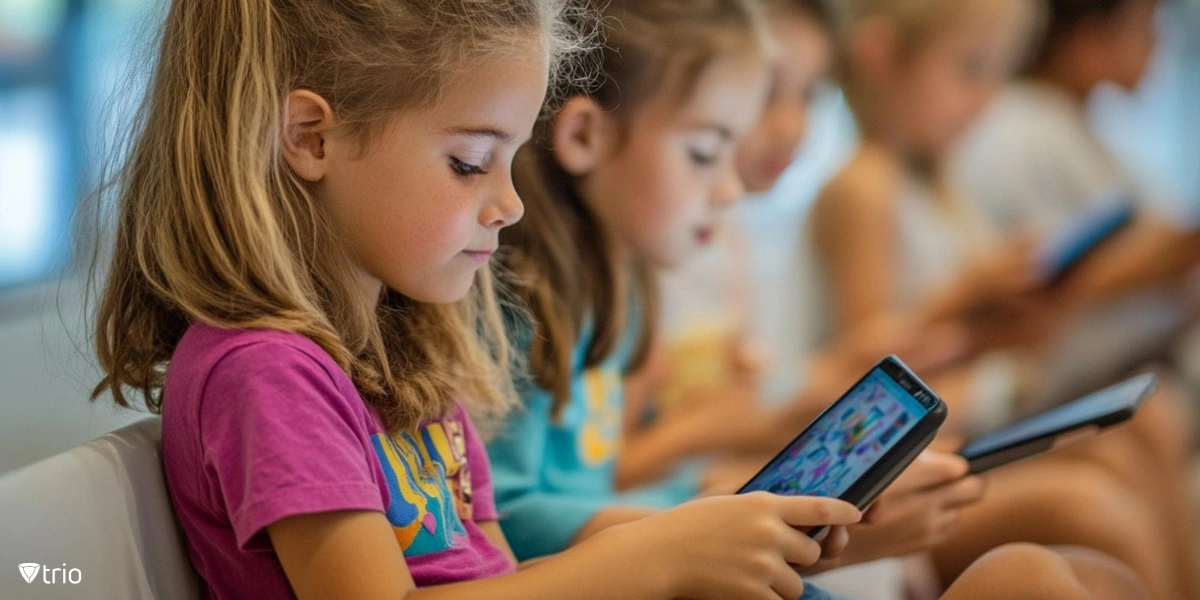
Strategies for Decreasing Excessive Screen Time in Schools
To mitigate the potential negative impacts of excessive screen time and cultivate a more conducive learning environment, educators and school administrators can implement the following strategies:
-
Developing Comprehensive Screen Time Policies
Establishing clear guidelines and policies regarding screen time usage within the school setting is crucial. These policies should address the appropriate use of devices, set time limits for different age groups and grade levels, and outline expectations for both students and teachers. Involving stakeholders, such as parents and educational experts, in the policy development process can ensure a well-rounded and inclusive approach.
-
Promoting Digital Literacy and Responsible Technology Use
Equipping students with the necessary digital literacy skills is essential for navigating the digital world responsibly. By teaching them about online safety, digital citizenship, and the responsible use of technology, educators can empower students to make informed decisions and develop healthy habits when engaging with screens.
-
Incorporating Screen-Free Learning Activities
Incorporating screen-free learning activities into the curriculum can provide much-needed breaks from digital devices and promote a more well-rounded educational experience. Hands-on activities, outdoor learning, and collaborative group work can stimulate different cognitive processes and foster social interaction, ultimately enhancing overall learning outcomes.
-
Leveraging Educational Infographics and Visual Resources
Utilizing visually appealing and informative educational infographics can be an effective strategy to convey complex information while minimizing excessive screen time. Infographics can condense key concepts, statistics, and strategies into easily digestible formats, making them valuable tools for educators and students alike. At Trio Education, we have curated a collection of valuable screen time infographics that our readers can download and utilize for free, enhancing their understanding and engagement with the topic.
-
Implementing Classroom Management Tools
Classroom management tools and educational technology solutions, such as Trio Education MDM solution, can assist teachers in monitoring and regulating screen time usage within the classroom setting. These tools often include features like website filtering, app management, and time-tracking capabilities, enabling educators to create a focused and distraction-free learning environment.
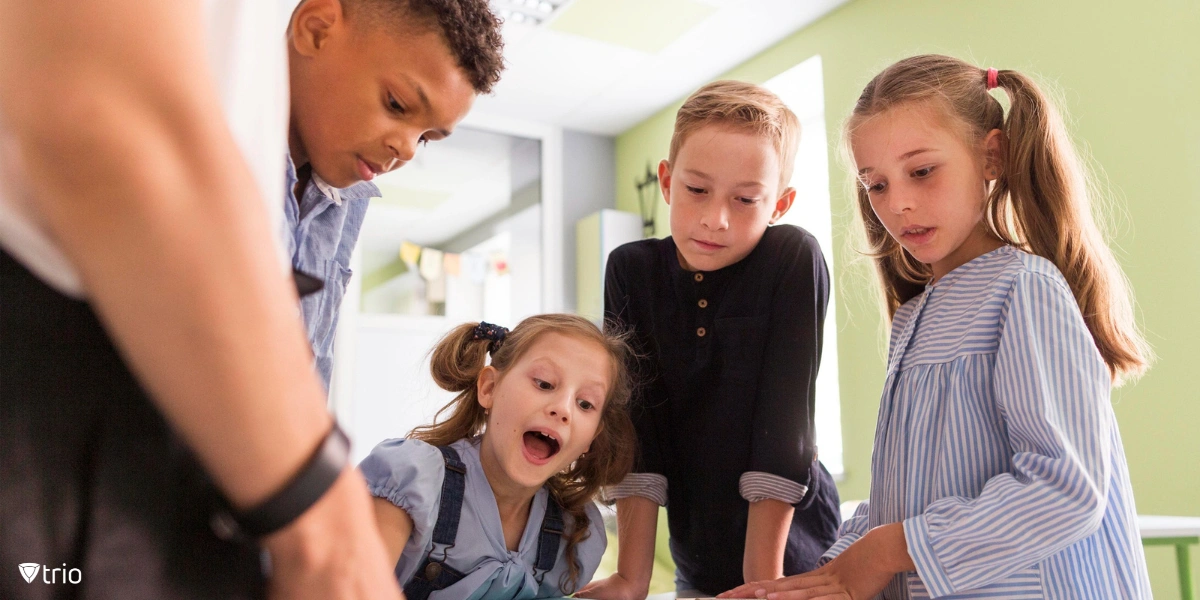
The Multifaceted Impact of Technology on Education
While excessive screen time can pose challenges to academic performance, it is essential to recognize that technology itself is not inherently detrimental to education. In fact, when used judiciously and with a clear purpose, technology can enhance the learning experience in numerous ways:
- Accessibility and Inclusion: Assistive technologies and digital resources can significantly improve accessibility for students with diverse learning needs, fostering a more inclusive educational environment.
- Personalized Learning: Adaptive learning platforms and educational apps can tailor content and pacing to individual students’ strengths, weaknesses, and learning styles, promoting more effective knowledge acquisition.
- Global Connectivity: Digital tools enable students and teachers to connect with peers and experts from around the world, fostering cross-cultural understanding and expanding educational horizons.
- Skill Development: Coding, computer science, and digital literacy skills are becoming increasingly valuable in today’s technology-driven world, preparing students for future career opportunities.
However, it is crucial to acknowledge and address the potential negative effects technology has on education, such as cyberbullying, online distractions, and the perpetuation of misinformation. By implementing robust cybersecurity measures, digital citizenship education, and critical thinking skills development, educators can mitigate these risks and harness the full potential of technology for enriched learning experiences.
Embracing a Balanced Approach to Screen Time
Striking a balance between the benefits and potential drawbacks of screen time in schools is paramount. By fostering a culture of mindful technology use, promoting digital literacy, and implementing comprehensive screen time policies, educators can create an environment that nurtures academic excellence while safeguarding students’ well-being.
At Trio, we understand the complexities surrounding screen time and its impact on education. Our Trio Education device management solution offers a comprehensive suite of tools designed to empower educators and school administrators in managing and optimizing screen time usage within the classroom setting. From website filtering and app management to detailed reporting and parental engagement features, our solution provides a holistic approach to creating a focused and productive learning environment.
We invite you to explore our platform and experience the transformative power of responsible technology integration firsthand. Request a free demo today and embark on a journey towards enhancing the learning experience for students while fostering a balanced approach to screen time in schools.
Get Ahead of the Curve
Every organization today needs a solution to automate time-consuming tasks and strengthen security.
Without the right tools, manual processes drain resources and leave gaps in protection. Trio MDM is designed to solve this problem, automating key tasks, boosting security, and ensuring compliance with ease.
Don't let inefficiencies hold you back. Learn how Trio MDM can revolutionize your IT operations or request a free trial today!
